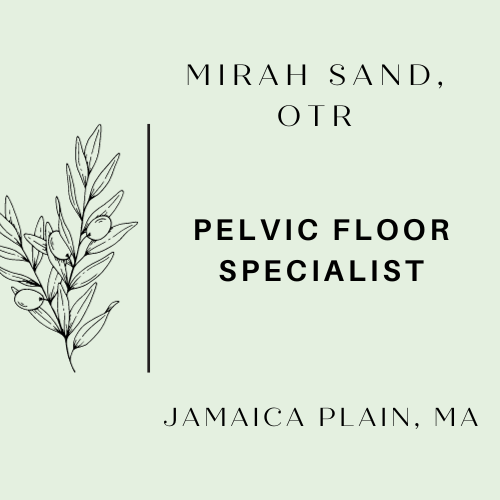Pelvic Health in the Menopause Transition
Pelvic health physical therapy and occupational therapy can help prepare and support you as your body changes
First: We can help you gain control of your bladder.
As we age, our pelvic floor muscles can weaken, especially during and after the menopausal transition. Some common pelvic floor challenges during this life stage are: urinary and fecal incontinence, urinary urgency and frequency, as well as prolapse symptoms. Your pelvic floor therapist can help you coordinate, strengthen, and relax your pelvic floor and deep inner core so you can participate in the meaningful activities in your life without fear of leaking. And if your bladder is the culprit for nightly wakings, pelvic health physical therapy or occupational therapy can support you to develop useful bladder habits so you can get the rest you need.
Second: We can help with pelvic pain during intimacy
Hormonal changes during menopause can cause vaginal tissue to become dryer and thinner, which can lead to pain with sex. Pelvic floor therapy can help by teaching you how to coordinate and relax your pelvic floor musculature so you can feel more at ease during intimacy.
Third: We can help keep your bowels moving smoothly.
Constipation becomes more common as we age. For optimal bowel functioning, we need the pelvic floor muscles to open and coordinate correctly with the breath. Pelvic PT/OT can help you correctly relax these muscles, and learn better bowel habits to keep you regular.
Fourth: We can help keep you moving and exercising.
After the age of 50, bone density begins to decline. Physical therapists & occupational therapists can also help you maintain and gain overall strength so you can keep doing the things you love. We can collaborate with you on a realistic program to keep your muscles and bones healthy and strong.
